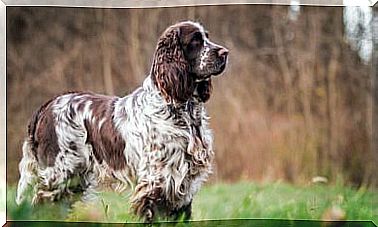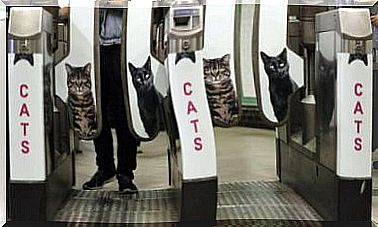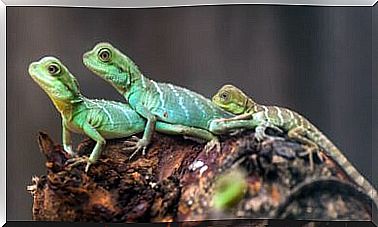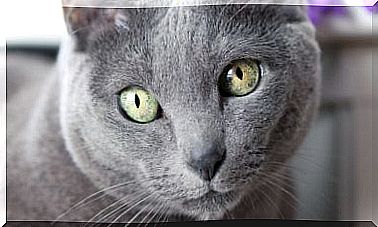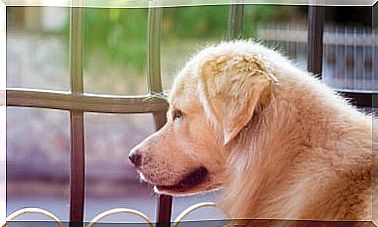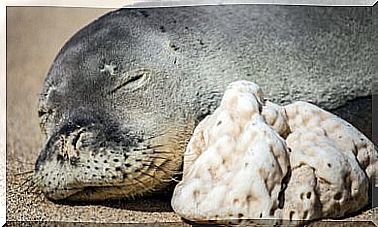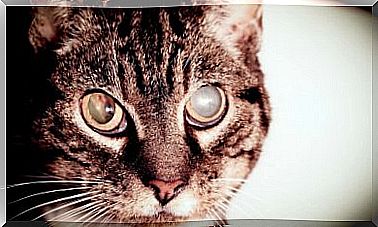Quail Farming: Care And Advice
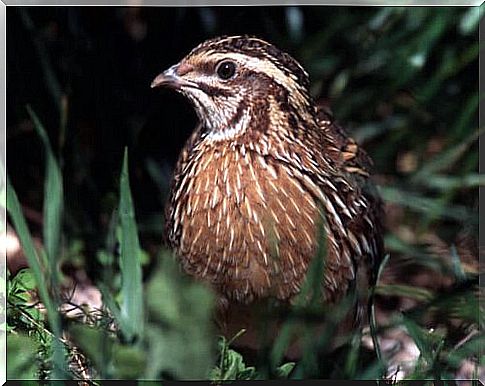
Quail farming has been gaining more and more followers in recent decades. They are intelligent and sociable animals, but they require a lot of attention to their hygiene and nutrition. Knowing their sounds and the specific care that these birds require is essential to preserve the health of your pets and the home.
Species characteristics
The term “quail” popularly refers to the smallest species of gallinaceous bird of the Phasianidae family that inhabits Europe. Their body is small and rounded, but with long wings, giving them the ability to fly long distances. An ideal anatomy for a nomadic bird that migrates between the 5 continents, mainly between Africa and Eurasia.
Another important characteristic is the coloration of its plumage. The shades of browns, browns and blacks allow almost perfect camouflage with the ground and tree trunks. That confuses their predators and helps protect their species.
Differences between males and females
Males and females are very similar. However, males stand out for having a small black spot (similar to an anchor) on their throat, at the beginning of the beak.
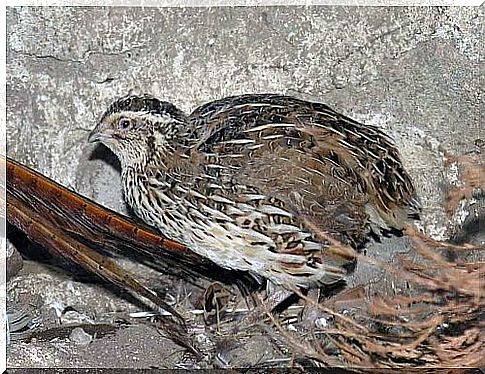
Females are also usually a little larger : while a male quail can have 70 to 100 grams, a female usually reaches between 85 and 135 grams.
There are different breeds of quail. The ones most commonly found in pet stores and poultry farms are the Gambel, the Blue Valley, the Giant White, and the Pharaon. Each of them has its own reproductive characteristic and is better adapted to a certain function.
Therefore, it is important to do better research on the breeds and their behaviors before investing in quail farming.
Basic tips for quail farming
The advice for raising quail summarizes the main preventive measures to maintain the health of the animal and its environment.
-
Hygiene
Quail are naturally clean and easy to care for. However, like all birds, they can become vulnerable to infection by internal and external parasites. These microorganisms tend to reproduce easily in cages, accessories, and also throughout the home.
It is essential to sanitize your quail houses or cages 2 to 3 times a week. It is also recommended to remove and sanitize the excrement tray daily.
The accumulation of food remains and / or excrement must not be allowed in the bottom of the cage, in the feeder and / or in the drinker. All accessories must be very well washed and disinfected to avoid the appearance of fungi and bacteria.
It’s also good practice to check their feet and feathers frequently. When observing any wound, alteration of color, texture or appearance, it is essential to quickly go to a veterinarian specialized in birds.
-
Feeding
Providing a balanced diet is a fundamental aspect of quail farming. The nutrients obtained from your daily diet allow you to develop your immune system and prevent various diseases.
As it is a migratory bird, the quail in the wild presents changes in its diet depending on the season of the year and the habitat where it is found.
During the spring, their diet is mostly protein to replenish the energy expended on the long winter trip. It mainly feeds on small insects such as ants and beetles, as well as worms.
With the arrival of summer, they tend to eat mostly grains and reinforce their hydration.
The domestic quail
A house quail’s feed should contain pellets and assorted corn mixes. It is about improving your digestion and providing fats, carbohydrates and proteins to the body. There are already balanced mixes available for purchase at pet stores.
You can supplement the grain base with natural foods and pasta, cakes, rice, sweet corn and lettuce. In winter, it is highly recommended to reinforce the protein intake for your quail.
Chicks are normally fed porridge with the aid of droppers or syringes.
Very easy to adapt
In reality, quail tend to adapt to a wide variety of foods. However, it is important not to offer or leave substances that can be toxic to your health within your reach.
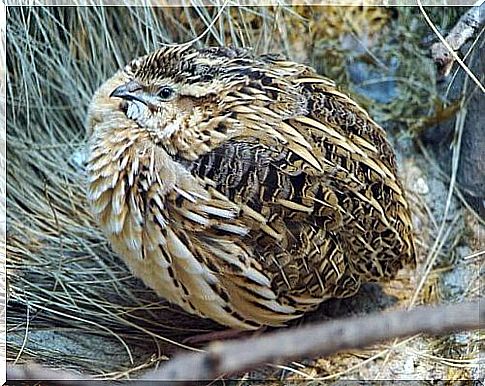
Foods to avoid
- Industrialized, sausage and / or seasoned foods.
- Chocolates and sweets in general.
- Fried foods.
- Salt and sugar.
- Coffee and caffeinated products.
- Milk and high-fat dairy.
Conditioning the environment
Although they can live loose, it is advisable to have cages to accommodate your quails. It will be their home, where they can rest and feel safe. Therefore, it is important to choose them consciously to provide an appropriate habitat for their healthy growth.
Feeders and drinkers must be appropriate to the size of the animal to prevent constant spillage and future contamination.
The location must be suitable for the development of the animal. It is not wise to leave your birds out in the open. Extreme heat or cold can make them seriously ill.
Source of the images: Raniero Massoli Novelli, Luis Miguel Bugallo Sánchez and Guérin Nicolas.

